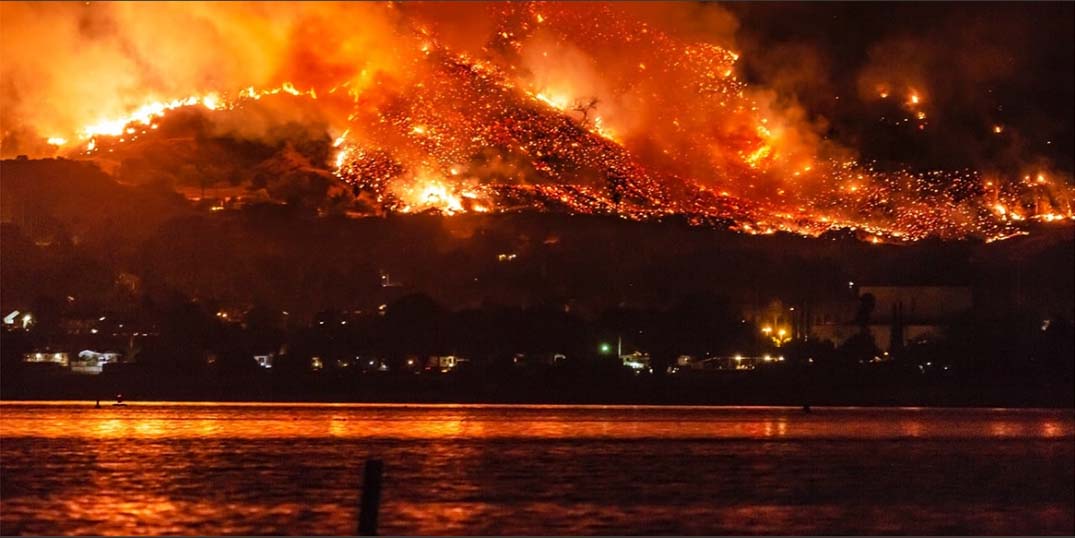California has a new weapon against the wildfires that have annually devastated the state – artificial intelligence (AI) – with a new system powered by Nvidia GPUs to provide timely alerts to first responders across the Golden State every time a blaze ignites.
The ALERTCalifornia initiative, a collaboration between California’s wildfire fighting agency CAL FIRE and the University of California, San Diego, uses advanced AI developed by DigitalPath.
Harnessing the power of Nvidia GPUs, and aided by a network of thousands of cameras dotting the Californian landscape, DigitalPath has refined a convolutional neural network to spot signs of fire in realtime.
DigitalPath CEO Jim Higgins says it’s a mission that means a lot to the 100-strong technology partner, based in Chico which is a short drive from the town of Paradise where the state’s deadliest wildfire killed 85 people in 2018.
“It’s one of the main reasons we’re doing this,” says Higgins. “We don’t want people to lose their lives.”
The ALERTCalifornia initiative is based at UC San Diego’s Jacobs School of Engineering, the Qualcomm Institute, and the Scripps Institution of Oceanography.
The program manages a network of thousands of monitoring cameras and sensor arrays and collects data that provides actionable, realtime information to inform public safety.
The AI program started in June and was initially deployed in six of Cal Fire’s command centres. This month, it expanded to all of CAL FIRE’s 21 command centres.
DigitalPath began by building out a management platform for a network of cameras used to confirm California wildfires after a 911 call. The company quickly realised there would be no way to have people examine images from the thousands of cameras relaying images to the system every 10 to 15 seconds.
So Ethan Higgins, the company’s system architect, turned to AI.
The team began by training a convolutional neural network on a cloud-based system running an Nvidia A100 Tensor Core GPU and later transitioned to a system running on eight A100 GPUs.
The AI model is crucial to examining a system that sees almost 8-million images a day streaming in from over 1 000 first-party cameras, primarily in California, and thousands more from third-party sources nationwide, he says.
It’s arriving just in time. Wildfires have ravaged California over the past decade, burning millions of acres of land, destroying thousands of homes and businesses, and claiming hundreds of lives.
According to CAL FIRE in 2020 alone, the state experienced five of its six largest and seven of its 20 most destructive wildfires. And the total dollar damage of wildfires in California from 2019 to 2021 is estimated at over $25-billion.
The new system promises to give first responders a crucial tool to prevent such conflagrations.
In fact, during a recent interview with DigitalPath, the system detected two separate fires in Northern California as they ignited.
Every day, the system detects between 50 and 300 events offering invaluable realtime information to local first responders.
But AI is just part of the story. The system is also a case study in how innovative companies can use AI to amplify their unique capabilities.
One of DigitalPath’s breakthroughs is its system’s ability to identify the same fire captured from diverse camera angles. DigitalPath’s system efficiently filters imagery down to a human-digestible level. The system filters 8-million daily images down to just 100 alerts, or 1,25 thousandths of 1% of total images captured.
“The system was designed from the start with human processing in mind,” Higgins says, ensuring that authorities receive a single, consolidated notification for every incident.
“We’ve got to catch every fire we can,” he adds.
Featured image credit: SLworking2, via Flickr, Creative Commons license, some rights reserved

